Living in Richmond-upon-Thames: London's prettiest spot and Britain's only protected view in a place full of history and nature
Carla Passino visits Richmond, home to royalty and some 600 deer, and the only London borough that runs on both sides of the River Thames.
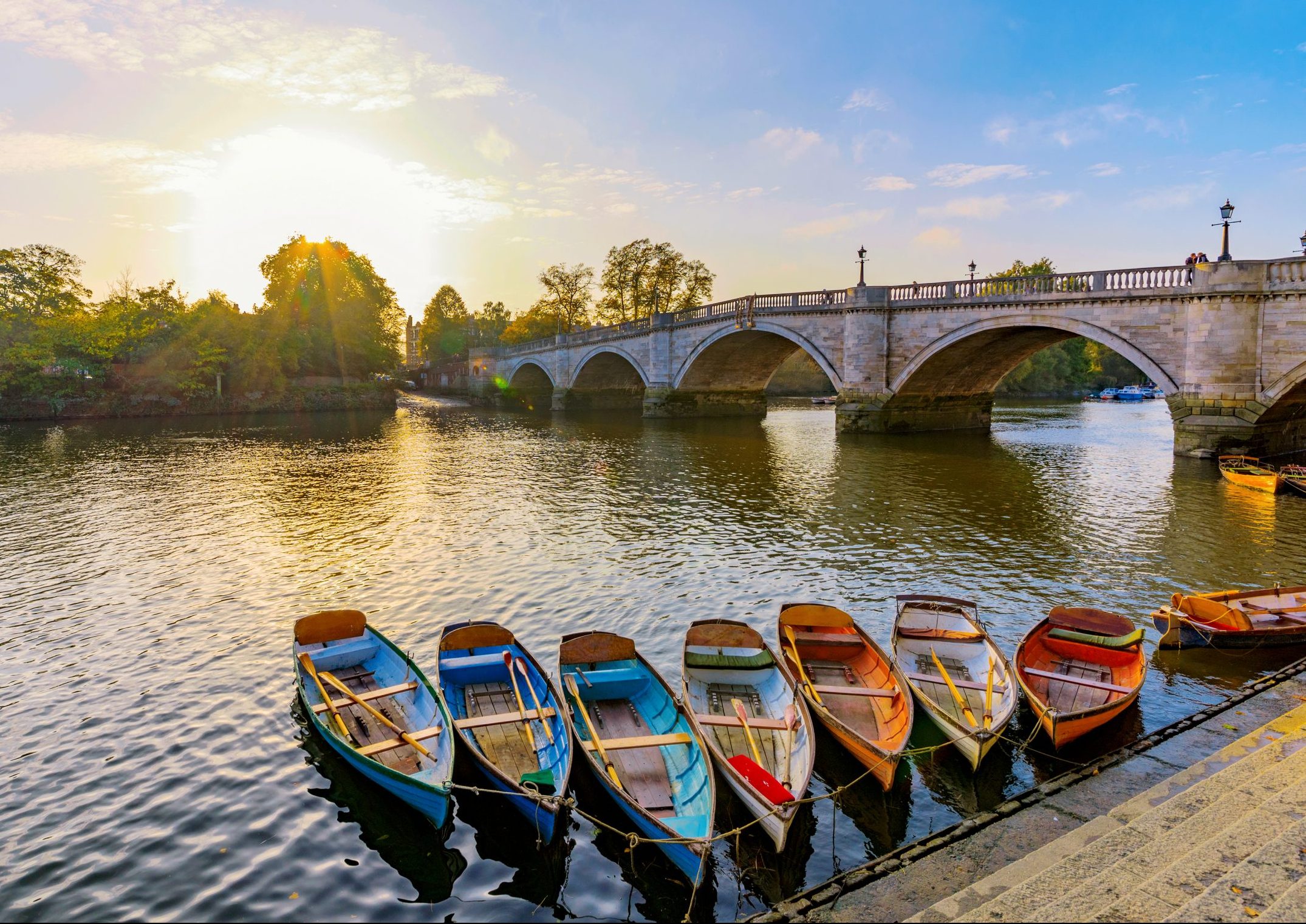

This article appears in the November 6 edition of Country Life's new, monthly London Life supplement.
Squawking loudly, a parakeet tears across the sky above Richmond Green, towards an arched gateway. Like an incongruously green comet, it lights the way to what remains of Henry VII’s Royal Palace, which is tucked behind a clump of trees at the bottom of a sward so thick with architectural jewels that even some of its ornamental railings are listed.
Yet it’s in those hidden bricks that the town’s fortunes were founded. At the turn of the 16th century, Henry gave the pretty village of Sheen a new royal residence and a new name — ‘and that,’ explains the curator of the Museum of Richmond, Esme Loukota, ‘is when Richmond became Richmond’.
A masterpiece of Renaissance architecture, the palace later became the first royal residence to feature Sir John Harington’s marvellous invention, the flushing loo, which may have contributed to making it Elizabeth I’s favourite home. Although the complex was almost entirely demolished during the Protectorate, the relationship between the town and the Royal Family would continue to shape Richmond’s destiny for centuries (Princess Alexandra still lives there).
Today, the Green, where an elderly Gloriana once walked, is a popular place for residents to picnic and play cricket on a Sunday, and the remaining Tudor buildings are dwarfed by a group of elegant townhouses commissioned by George II, then the Prince of Wales.
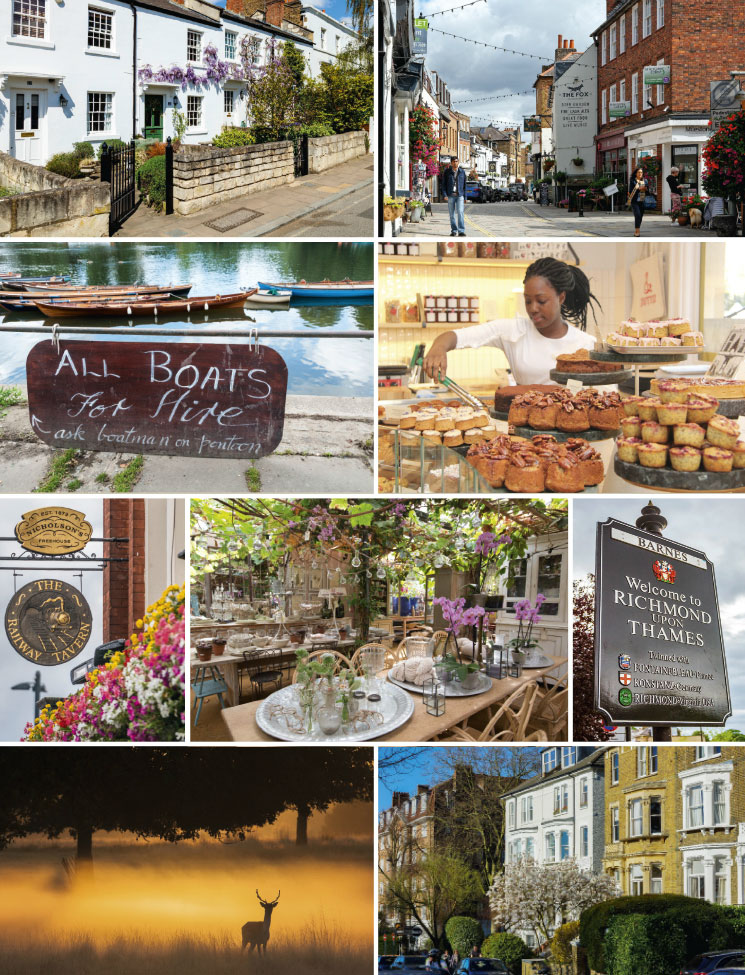
At loggerheads with his father, the Prince had moved to Richmond’s Old Deer Park in 1717, leasing a lodge that went on to become a royal retreat for more than 50 years. With the crown firmly back in town, Richmond quickly turned into ‘a very fashionable place to live,’ says Miss Loukota. Courtiers, merchants and businessmen fuelled a construction fervour, with large houses springing up on either side of the Thames.
Some of these great homes, such as the Buccleuch estate, have unfortunately been lost, but the area where they stood now forms the Terrace Gardens, a serious contender for the title of London’s prettiest (if steepest) open space. It is the best vantage point from which to admire the ‘sea of verdure’ that tumbles down Richmond Hill and, past it, the skiff-peppered Thames that weaves its way between the tree-lined banks ‘like the mighty monarch of the scene,’ as Sir Walter Scott wrote in Heart of Midlothian. This is the panorama that inspired Joli, Heckel, Reynolds, Marlow and Turner, whose Richmond Hill on the Prince Regent’s Birthday was shown at the Royal Academy in 1819.
Sign up for the Country Life Newsletter
Exquisite houses, the beauty of Nature, and how to get the most from your life, straight to your inbox.
That today’s landscape looks almost identical to Turner’s painting is in no small part thanks to another Georgian grandee: Susanna Houblon, the daughter of the first governor of the Bank of England. When she bequeathed her property to her great-nephew, she stipulated that no additions should be made that could compromise the ‘prospect from her windows’.
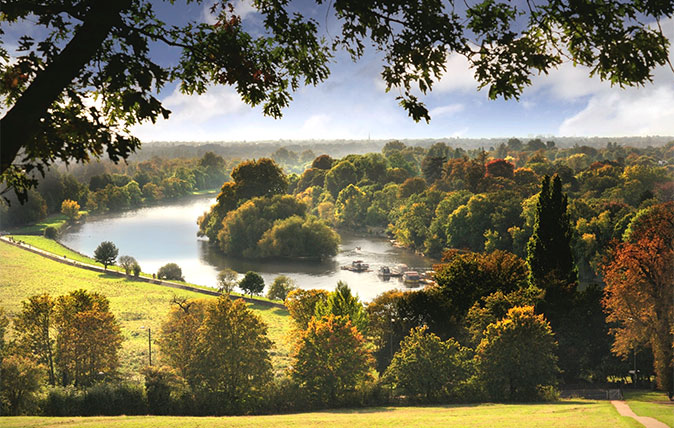
It was the first step in a series of actions that culminated in the 1902 Richmond, Ham and Petersham Open Spaces Act, which made Richmond Hill the first (and only) British view protected by Parliamentary legislation. The town’s careful approach to conservation persists to this day, so much so that, every summer, a herd comes to graze Petersham Meadows to help look after this unusually bucolic corner of London.
If cows preside over Petersham Meadows, deer reign supreme up the hill in Richmond Park. With more than 600 in residence, Richmond is one of the best places to watch (from a safe distance) their macho rut in the autumn, when red stags — the Casanovas of the deer world — strut their stuff, roar powerfully and clash antlers in a bid to attract female attention. Many of the ancient oaks, under which they shelter, are several centuries old and at least one is thought to date from 700 to 800 years ago. Together, they also nurture stag beetles, woodpeckers, nine species of bats, rabbits and shrews.
It’s this combination of wildlife, green space and history that makes the town such an attractive place to live, according to local resident Alison Major Lépine. Yet, she continues, it only takes crossing a road or two to get to the theatres, the cinemas and the dozens of cafes, restaurants and shops along the town’s main commercial road, George Street.
Three tucked-away spots not to miss in Richmond
You don’t get to choose what you are served at Al Boccon Di’Vino, which aims to create as close an experience as possible to an Italian dinner party. 14, Red Lion St — www.nonsolovinoltd.co.uk
Independent children’s bookshop The Alligator’s Mouth runs story-time sessions and hugely popular book and comics clubs. 2A, Church Court — www.thealligatorsmouth.co.uk
Tribe Yarns sells bright linen from Lithuania’s oldest mill, print-dyed Shetland tweed and an amazingly soft alpaca, silk and cashmere blend. 20B, Richmond Hill — www.tribeyarns.com
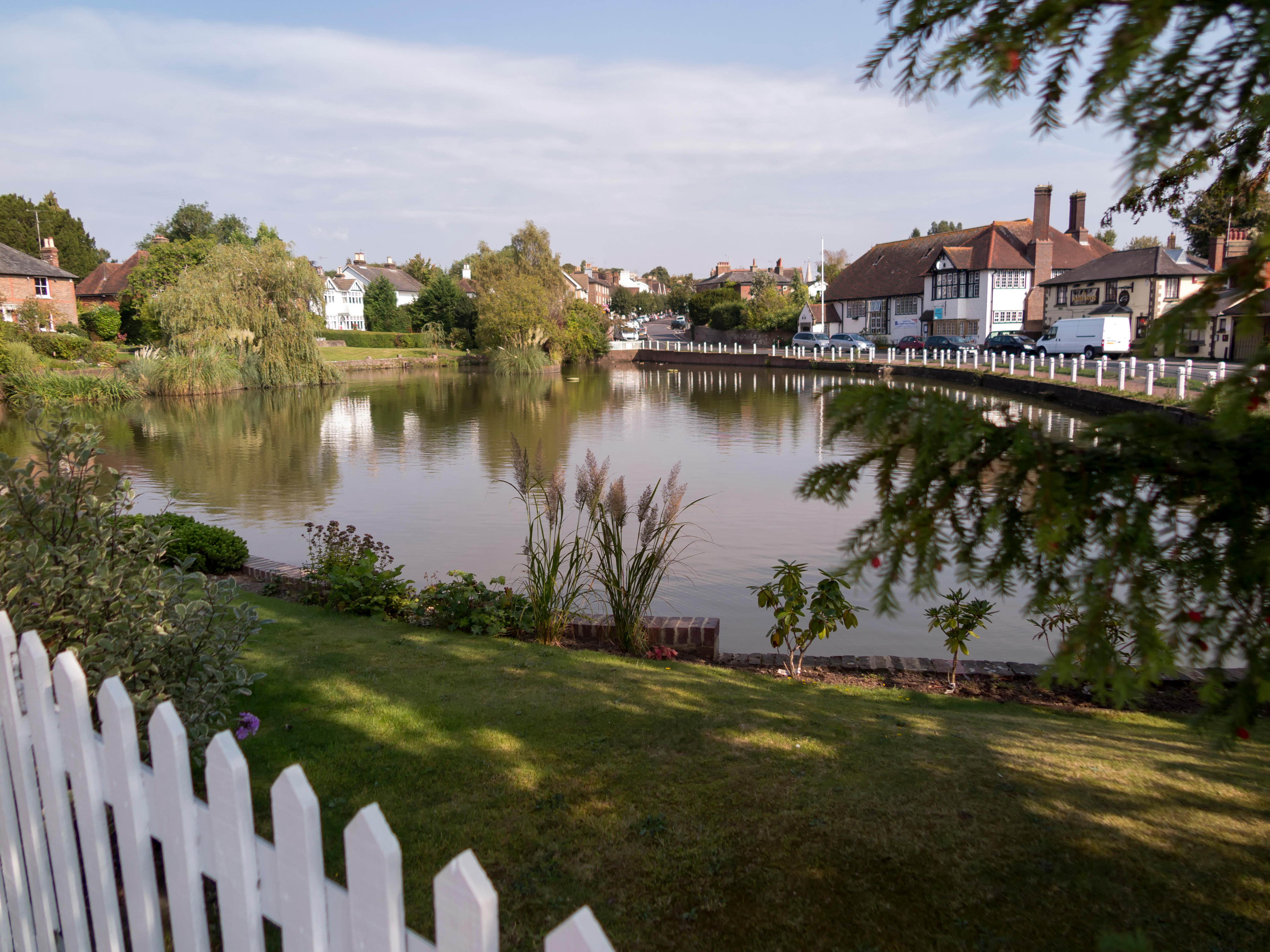
The 50 best places to live near London
Where are the best villages, towns and small cities which are a pleasure to live in, but still offer a
Carla must be the only Italian that finds the English weather more congenial than her native country’s sunshine. An antique herself, she became Country Life’s Arts & Antiques editor in 2023 having previously covered, as a freelance journalist, heritage, conservation, history and property stories, for which she won a couple of awards. Her musical taste has never evolved past Puccini and she spends most of her time immersed in any century before the 20th.
-
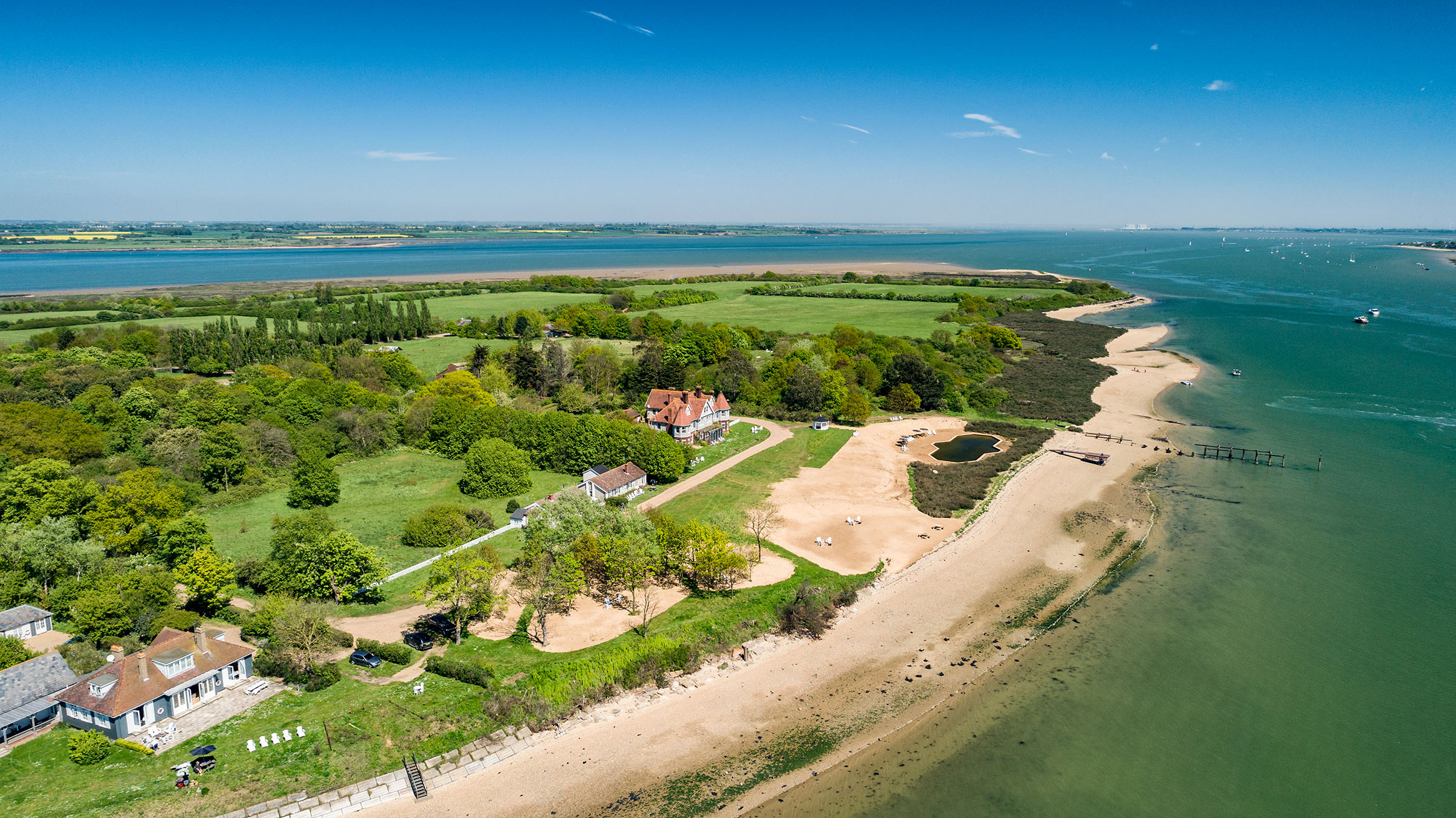 380 acres and 90 bedrooms on the £25m private island being sold by one of Britain's top music producers
380 acres and 90 bedrooms on the £25m private island being sold by one of Britain's top music producersStormzy, Rihanna and the Rolling Stones are just a part of the story at Osea Island, a dot on the map in the seas off Essex.
By Lotte Brundle Published
-
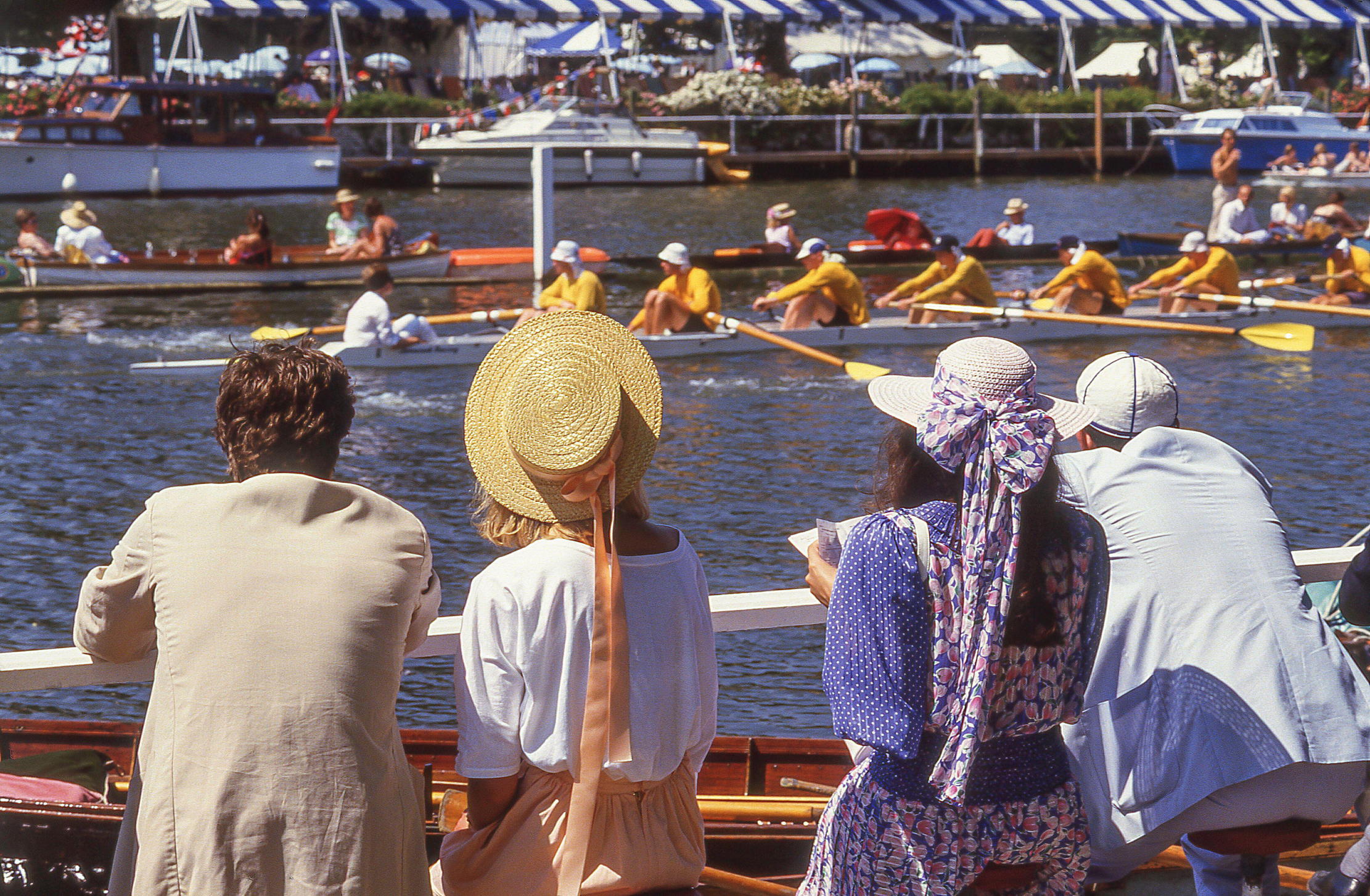 'A delicious chance to step back in time and bask in the best of Britain': An insider's guide to The Season
'A delicious chance to step back in time and bask in the best of Britain': An insider's guide to The SeasonHere's how to navigate this summer's top events in style, from those who know best.
By Madeleine Silver Published
-
 380 acres and 90 bedrooms on the £25m private island being sold by one of Britain's top music producers
380 acres and 90 bedrooms on the £25m private island being sold by one of Britain's top music producersStormzy, Rihanna and the Rolling Stones are just a part of the story at Osea Island, a dot on the map in the seas off Essex.
By Lotte Brundle Published
-
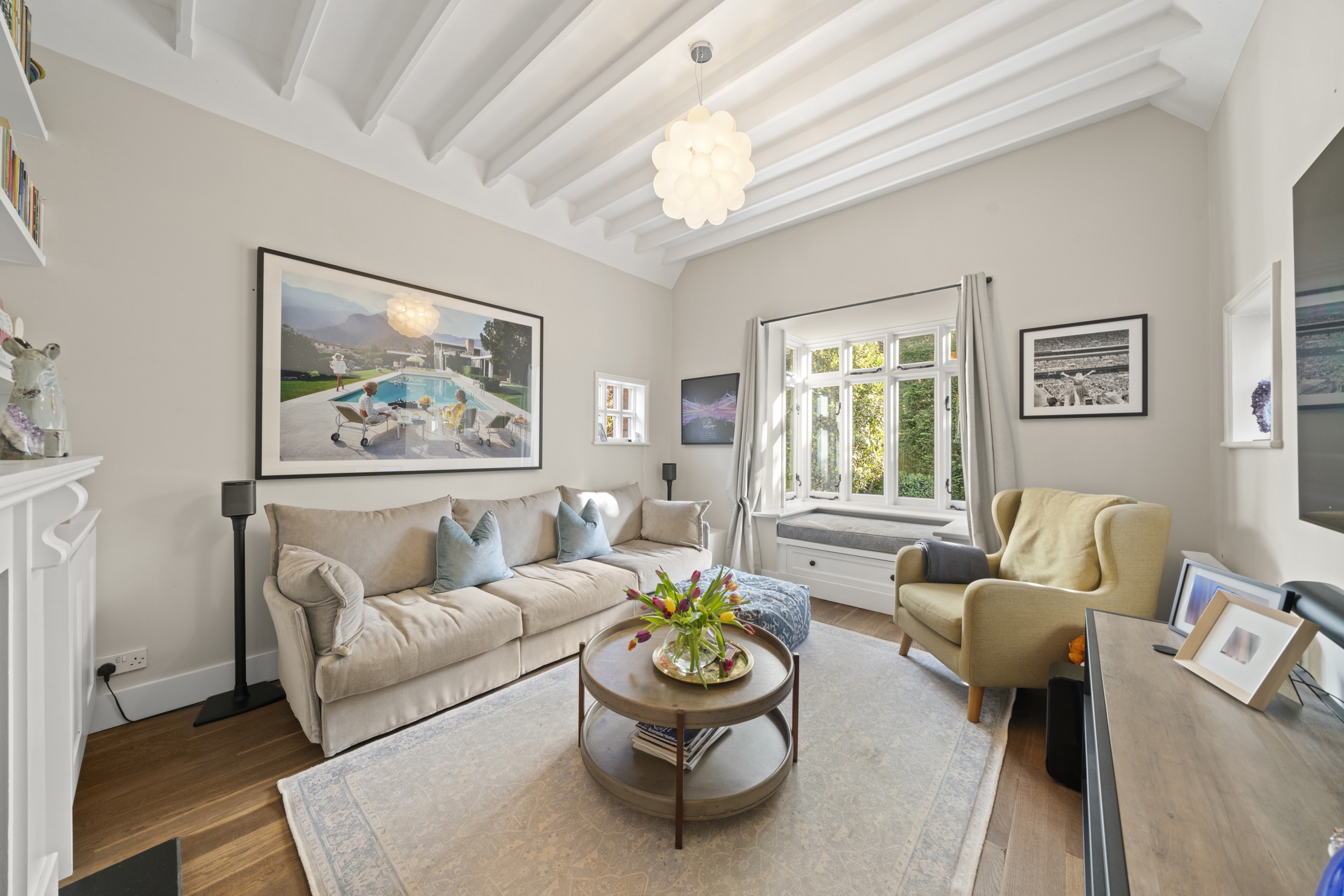 A home cinema, tasteful interiors and 65 acres of private parkland hidden in an unassuming lodge in Kent
A home cinema, tasteful interiors and 65 acres of private parkland hidden in an unassuming lodge in KentNorth Lodge near Tonbridge may seem relatively simple, but there is a lot more than what meets the eye.
By James Fisher Published
-
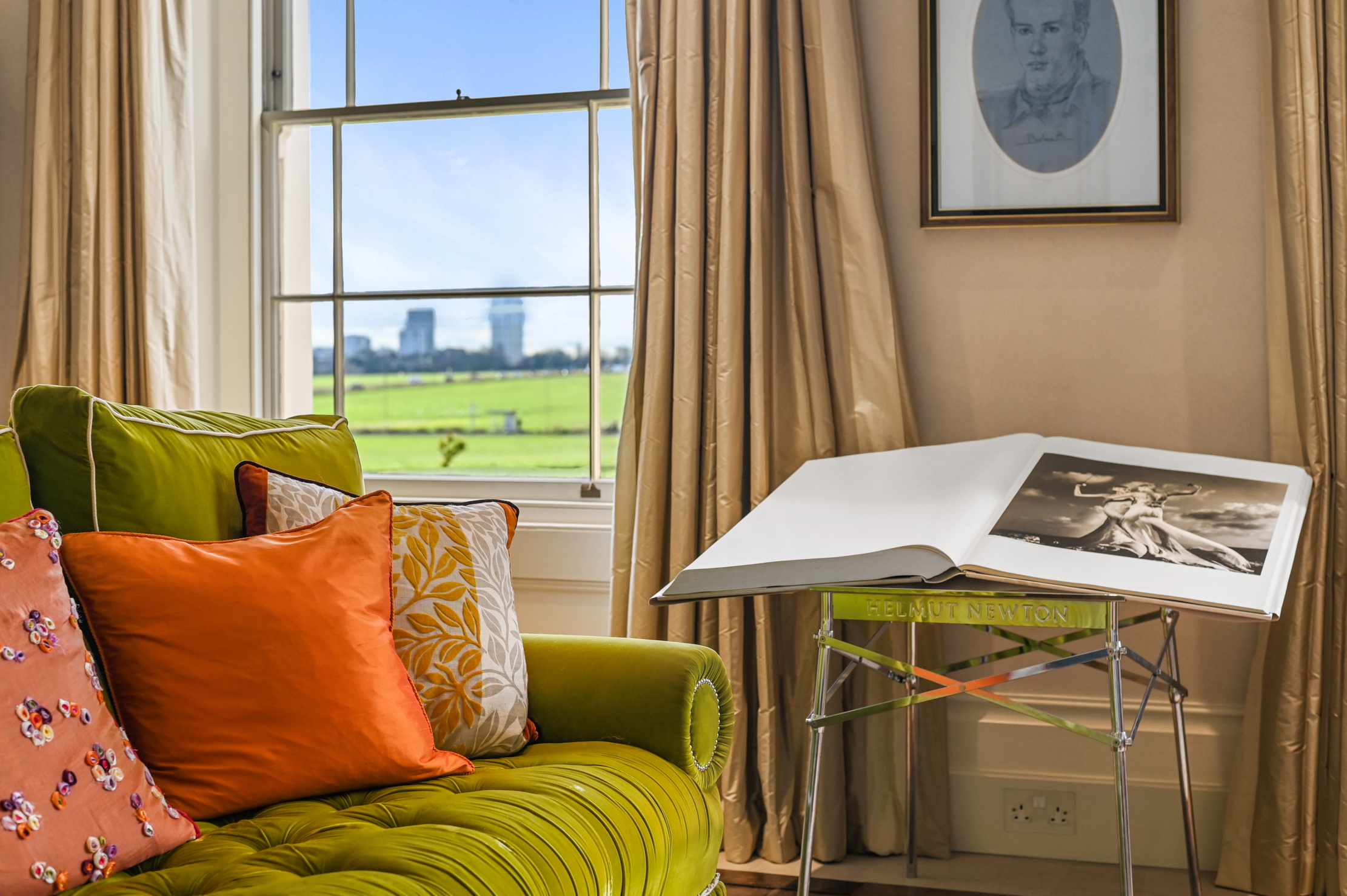 A rare opportunity to own a family home on Vanbrugh Terrace, one of London's finest streets
A rare opportunity to own a family home on Vanbrugh Terrace, one of London's finest streetsThis six-bedroom Victorian home sits right on the start line of the London Marathon, with easy access to Blackheath and Greenwich Park.
By James Fisher Published
-
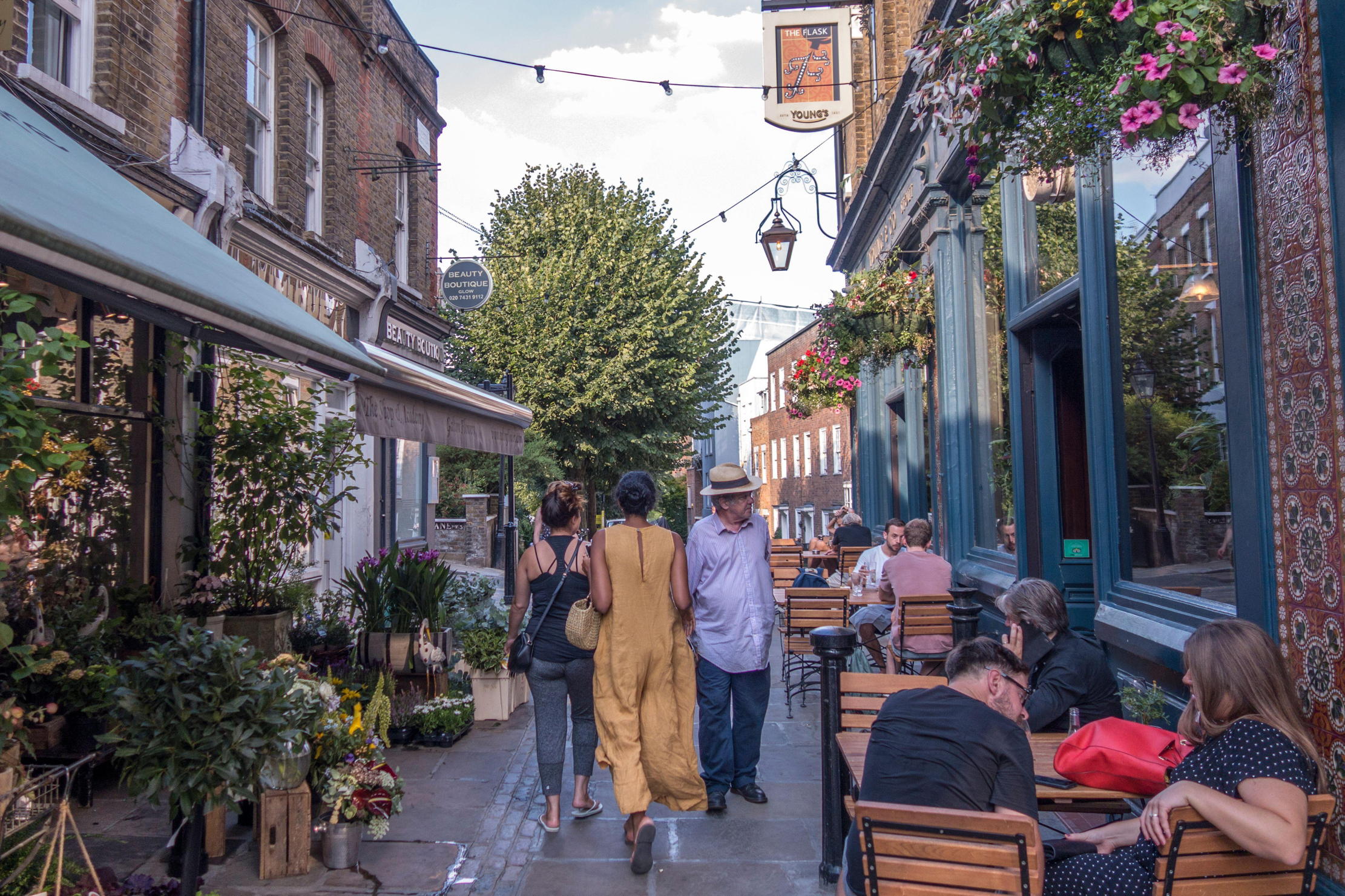 A tale of everyday life as lived on Britain's most expensive street
A tale of everyday life as lived on Britain's most expensive streetWinnington Road in Hampstead has an average house price of £11.9 million. But what's it really like? Lotte Brundle went to find out.
By Lotte Brundle Last updated
-
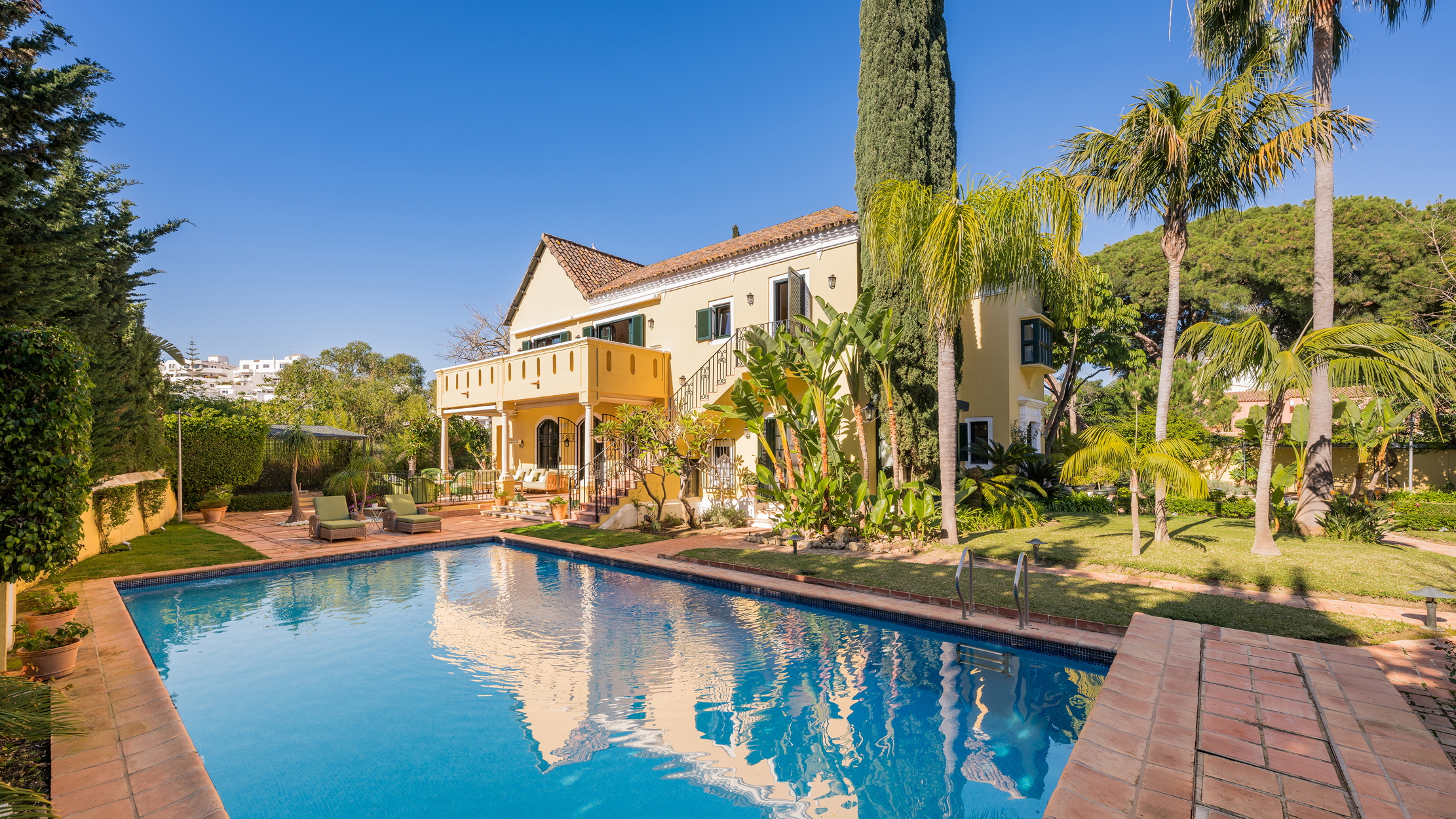 Damon Hill's former home in Marbella is the perfect place to slow down
Damon Hill's former home in Marbella is the perfect place to slow downThe glorious Andalusian-style villa is found within the Lomas de Marbella Club and just a short walk from the beach.
By James Fisher Published
-
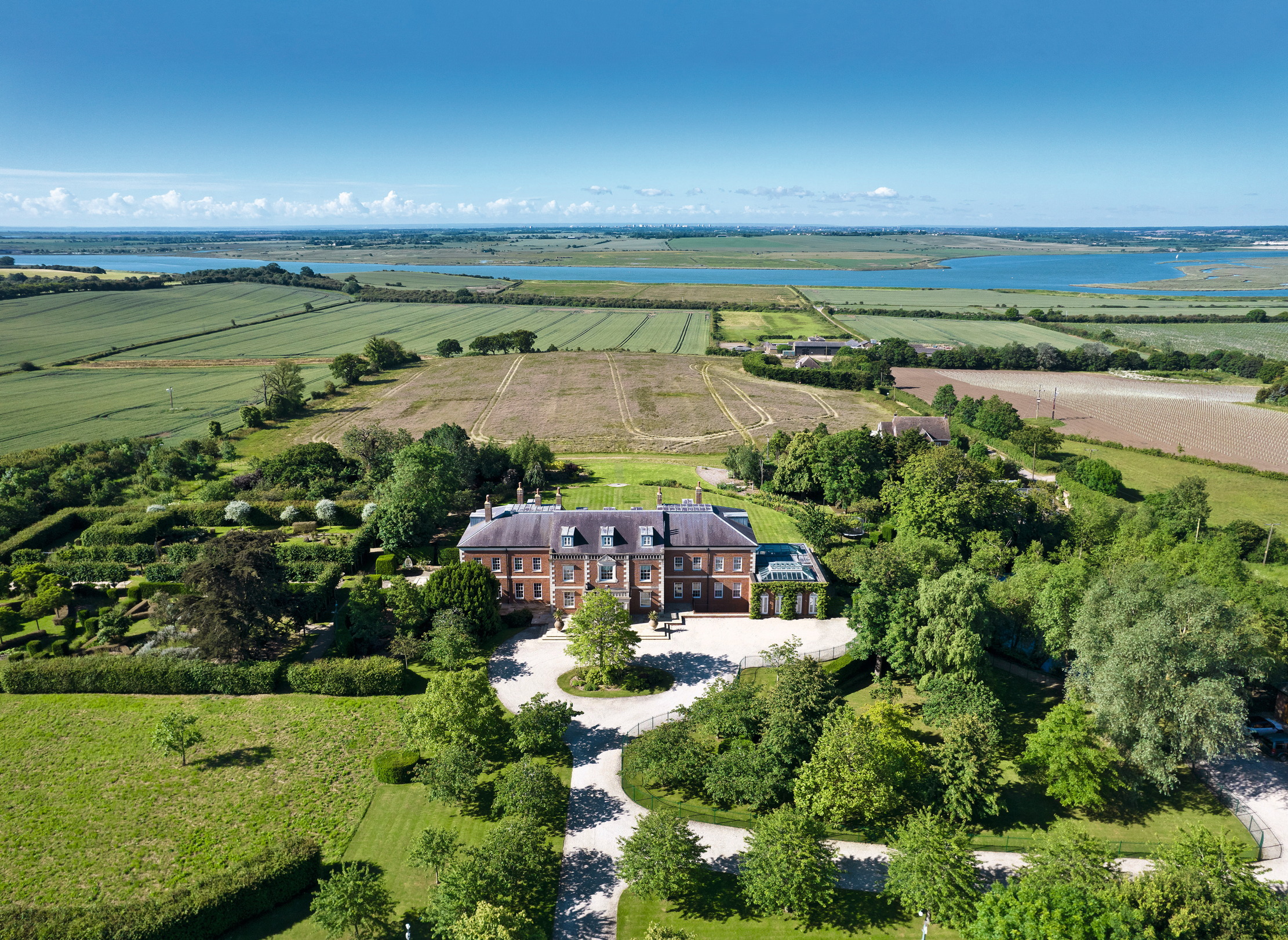 A 327-acre estate in the heart of 'England’s Côte d’Or', with a 26,000sq ft Georgian style home at its heart
A 327-acre estate in the heart of 'England’s Côte d’Or', with a 26,000sq ft Georgian style home at its heartStokes Hall in the Crouch Valley is an inspiring property looking for a new owner.
By Penny Churchill Published
-
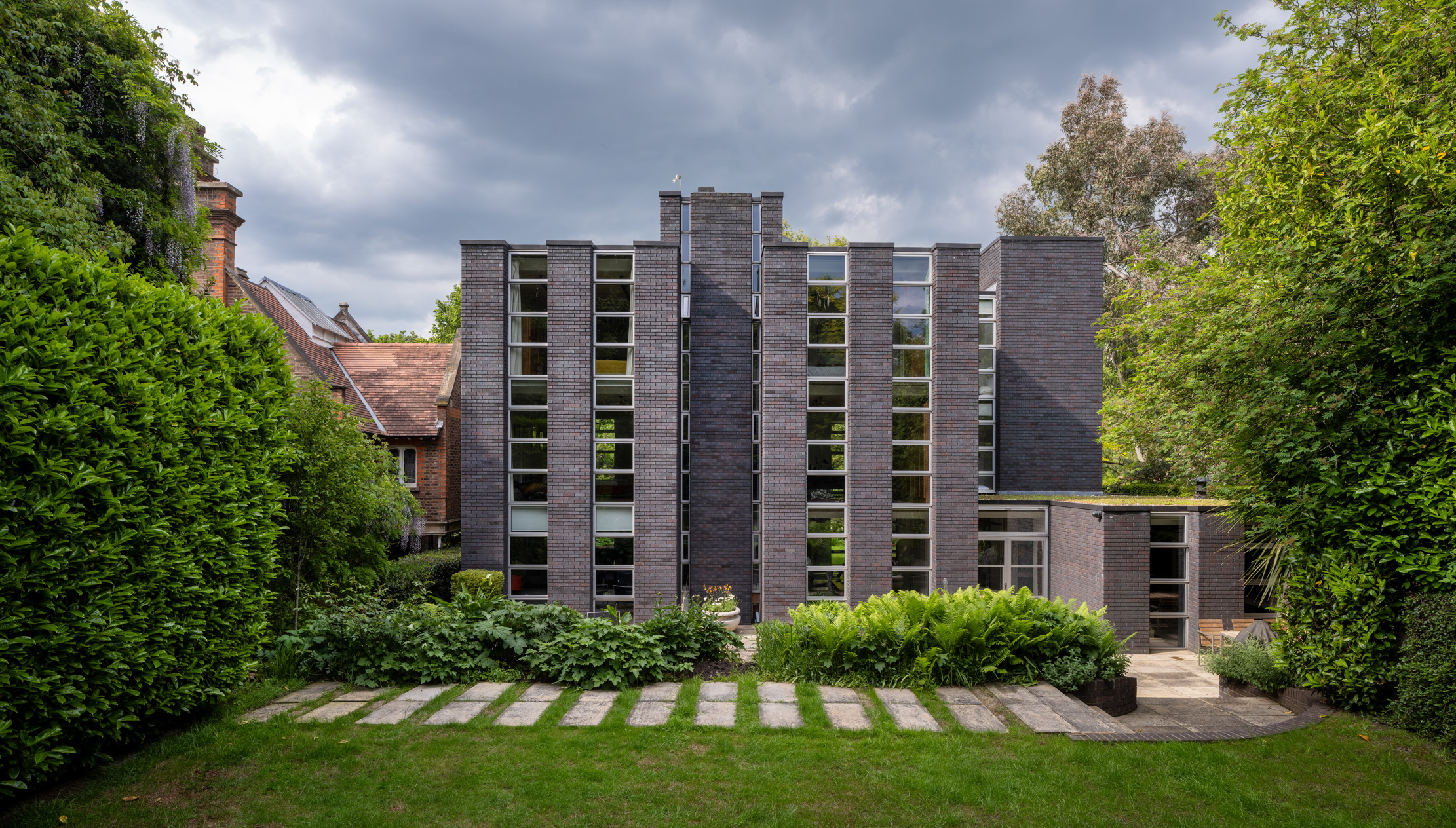 Schreiber House, 'the most significant London townhouse of the second half of the 20th century', is up for sale
Schreiber House, 'the most significant London townhouse of the second half of the 20th century', is up for saleThe five-bedroom Modernist masterpiece sits on the edge of Hampstead Heath.
By Lotte Brundle Published
-
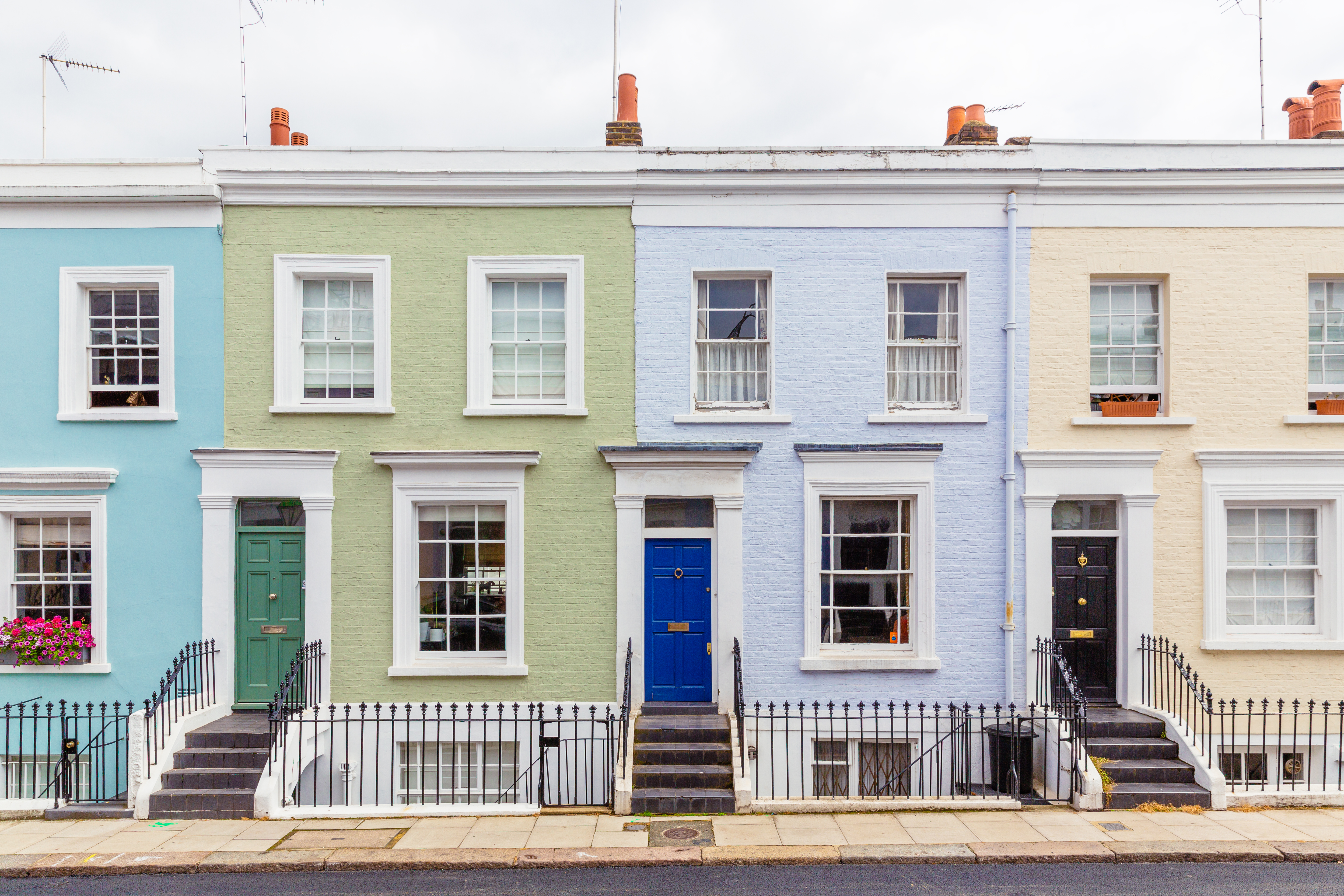 Is the 'race for space' officially over?
Is the 'race for space' officially over?During the lockdowns, many thought the countryside was the place to be. It seems many are now changing their minds.
By Annabel Dixon Last updated
